iPhone 17: Here’s what it costs to repair broken parts yourself

Apple has now made self-service repair parts available for iPhone 17, iPhone 17 Pro and Pro Max, and iPhone Air. Here’s what it costs to repair broken parts yourself.
more…
Apple has now made self-service repair parts available for iPhone 17, iPhone 17 Pro and Pro Max, and iPhone Air. Here’s what it costs to repair broken parts yourself.
more…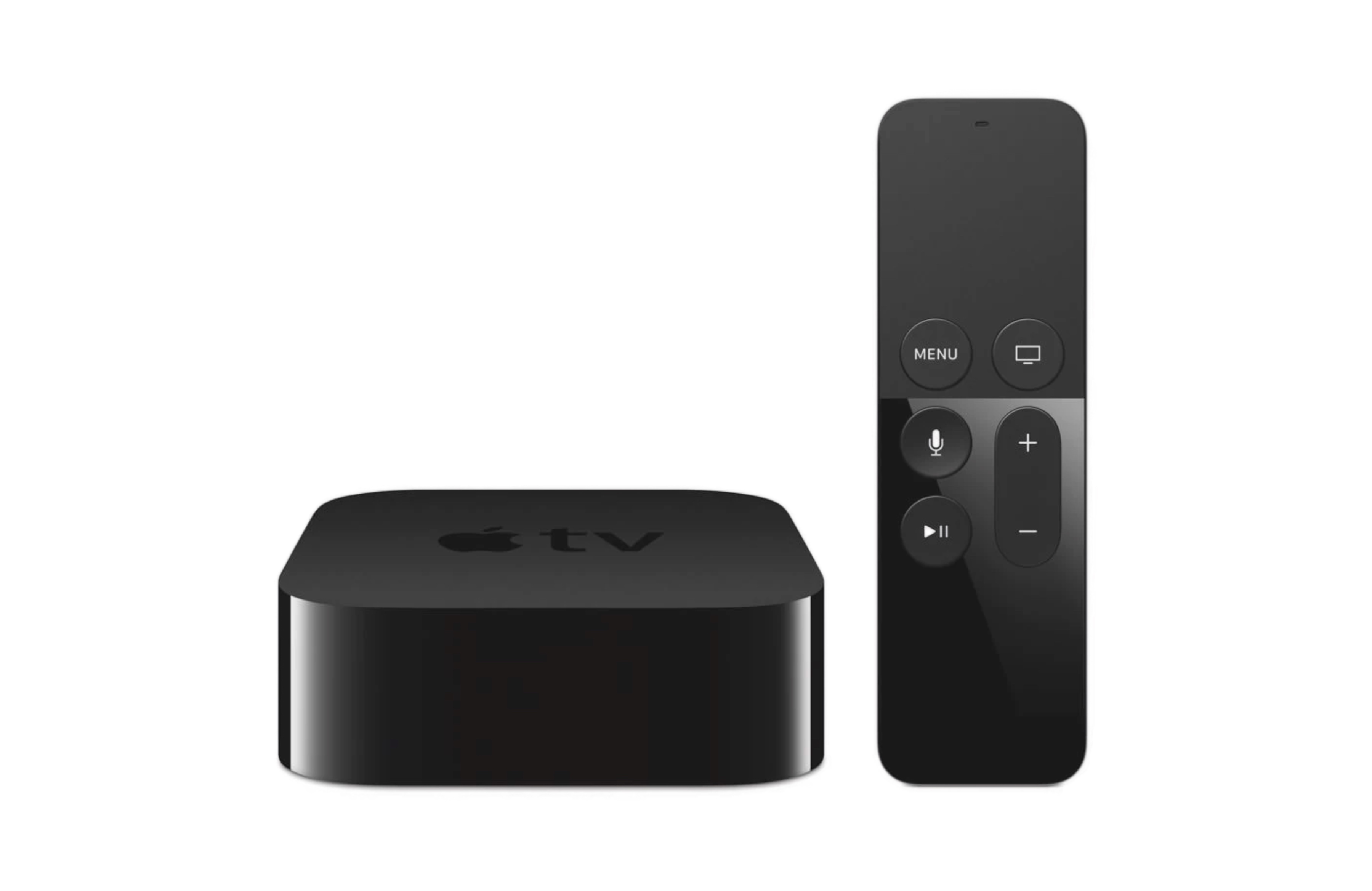

Thursday’s 9to5Toys Lunch Break deals are now ready to roll starting with a $100 price drop on the most affordable 24GB M4 Mac mini you can buy and a pair of big-time open-box discounts on M4 Pro MacBook Pro with a full Apple warranty at up $598 off (a new 16-inch deal popped up this morning). We also have the official Apple iPhone Air Bumper case down at $30, an ongoing all-time low on Apple’s brand new 25W Qi2 MagSafe charger, and all of the M4 MacBook Air configurations at $200 off. Scope it all out below.
more…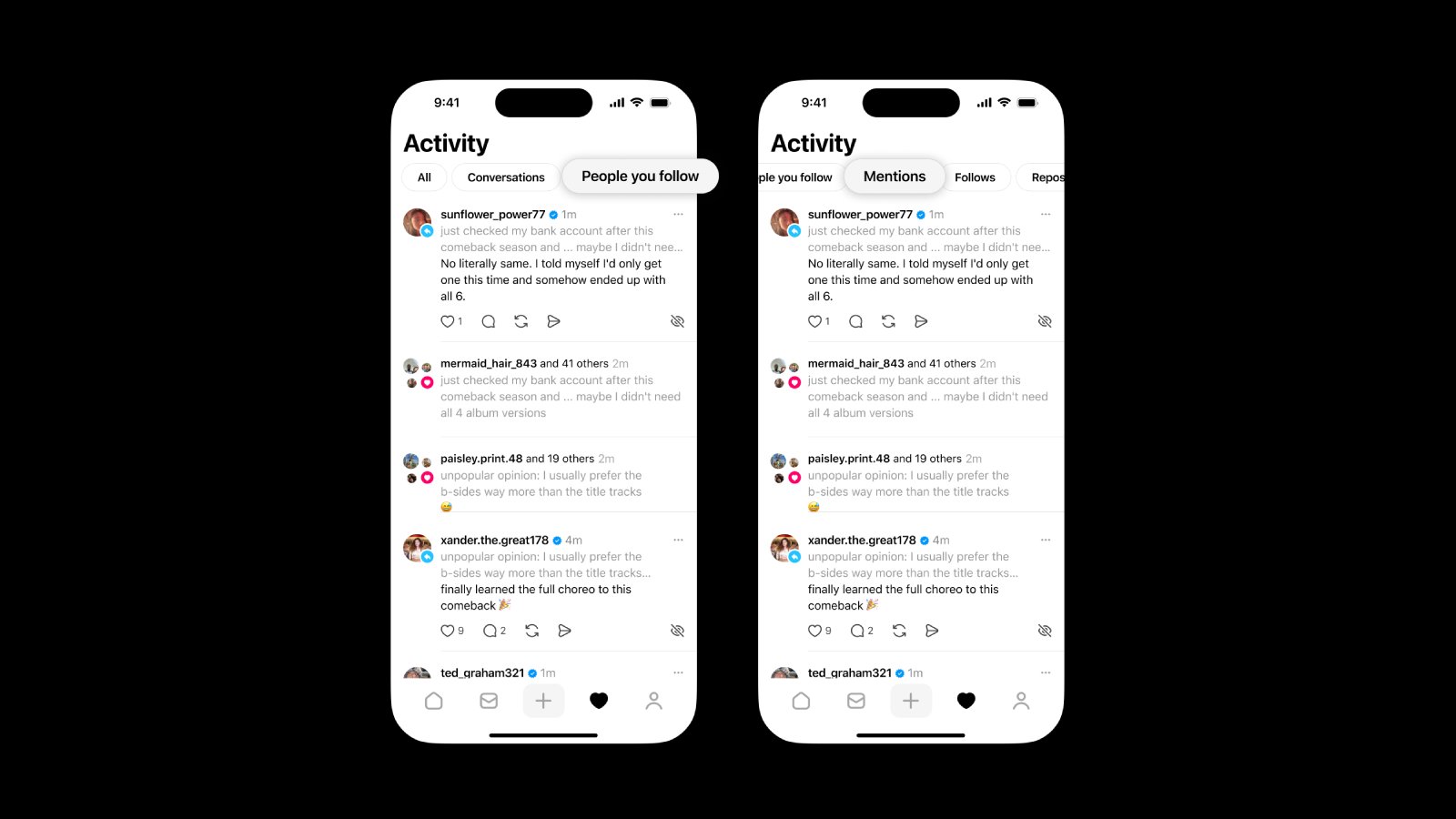
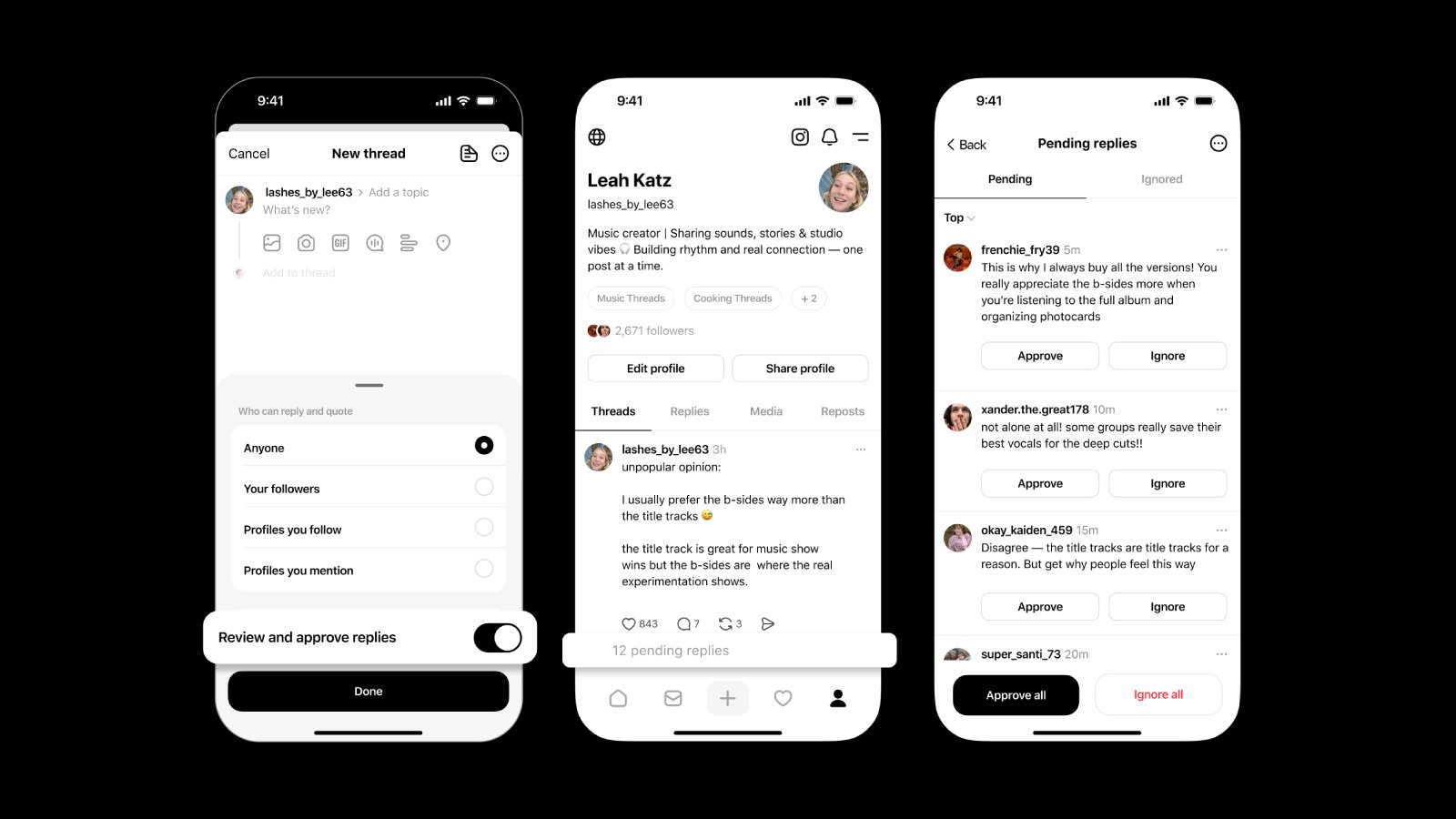
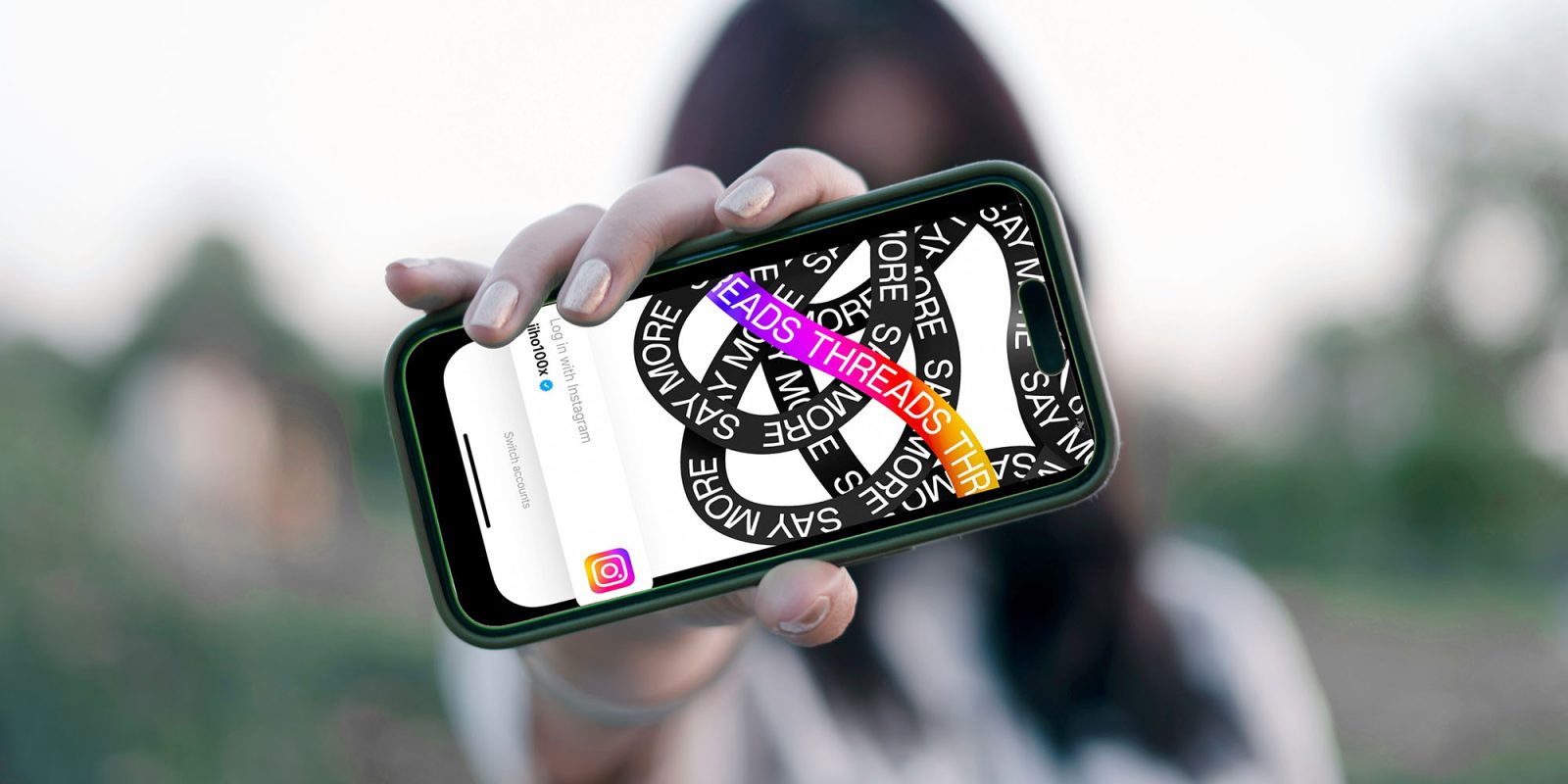
Meta is introducing two more features designed to give Threads users more control over the conversations that happen around their posts. Here’s what’s new.
more…
iOS 26 introduced perhaps the biggest overhaul yet for Apple’s Camera app. But some users might find that many of their favorite features are missing. Here’s how to find them.
more…
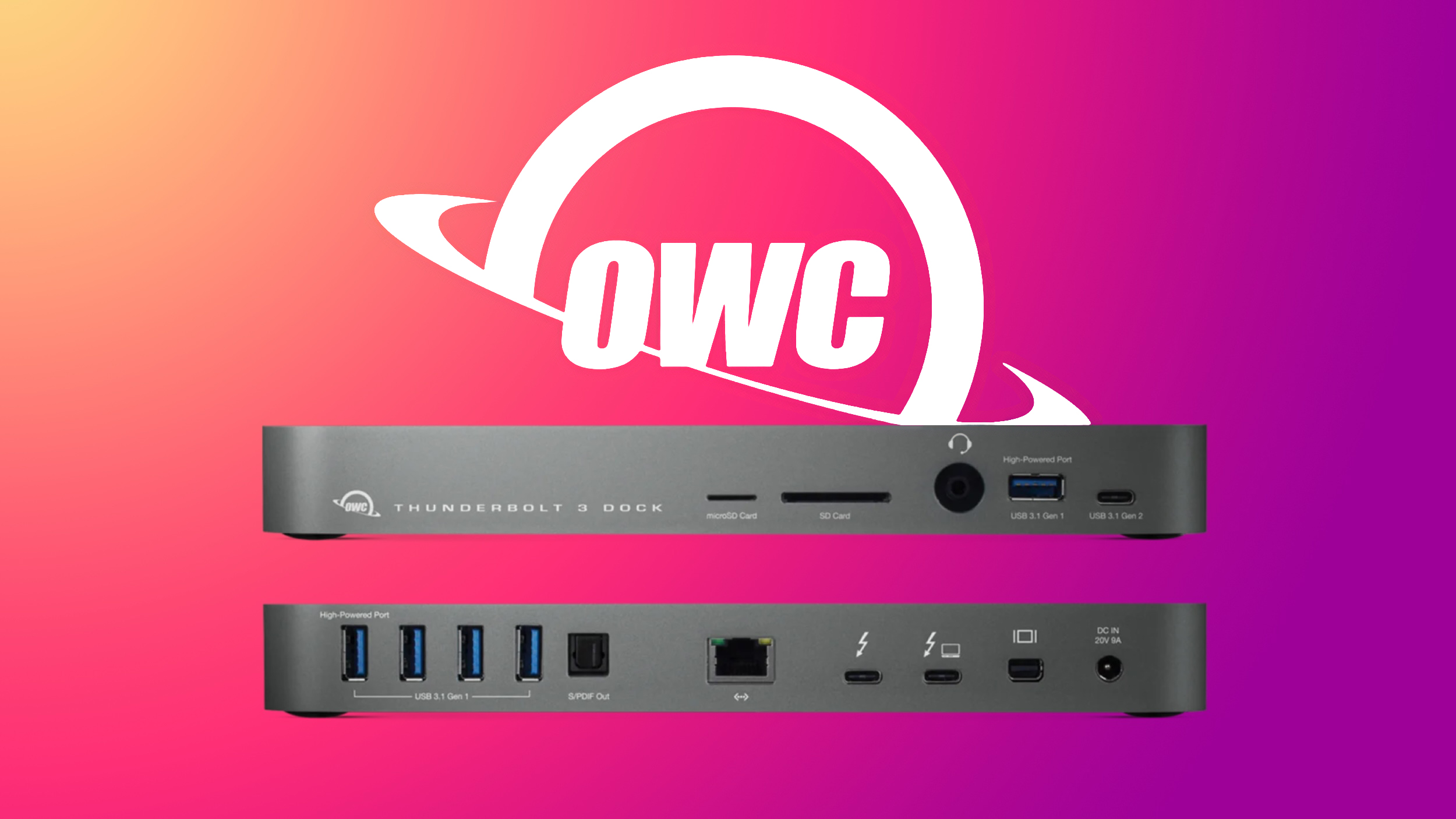 Note: MacRumors is an affiliate partner with OWC. When you click a link and make a purchase, we may receive a small payment, which helps us keep the site running.
Note: MacRumors is an affiliate partner with OWC. When you click a link and make a purchase, we may receive a small payment, which helps us keep the site running.

iOS 26 is a huge update for CarPlay users, with more new features than we’ve seen in years. One addition that’s especially noteworthy is the introduction of widgets to CarPlay for the first time.
more…
It’s becoming increasingly rare to find a tech accessory in 2025 that’s both functional and fun to use. As so many of these accessories become more commoditized, they begin to function and look the same, making them fade into the background. So when I saw the Wokyis Retro Docking Station for the M4 Mac mini, I was immediately intrigued. It transforms the Mac mini into something straight out of 1984. On paper, it had all the functions I needed out of a dock, but it was also such a cool-looking product. After using it for three weeks, it checked off every box. Here is what you need to know.
more…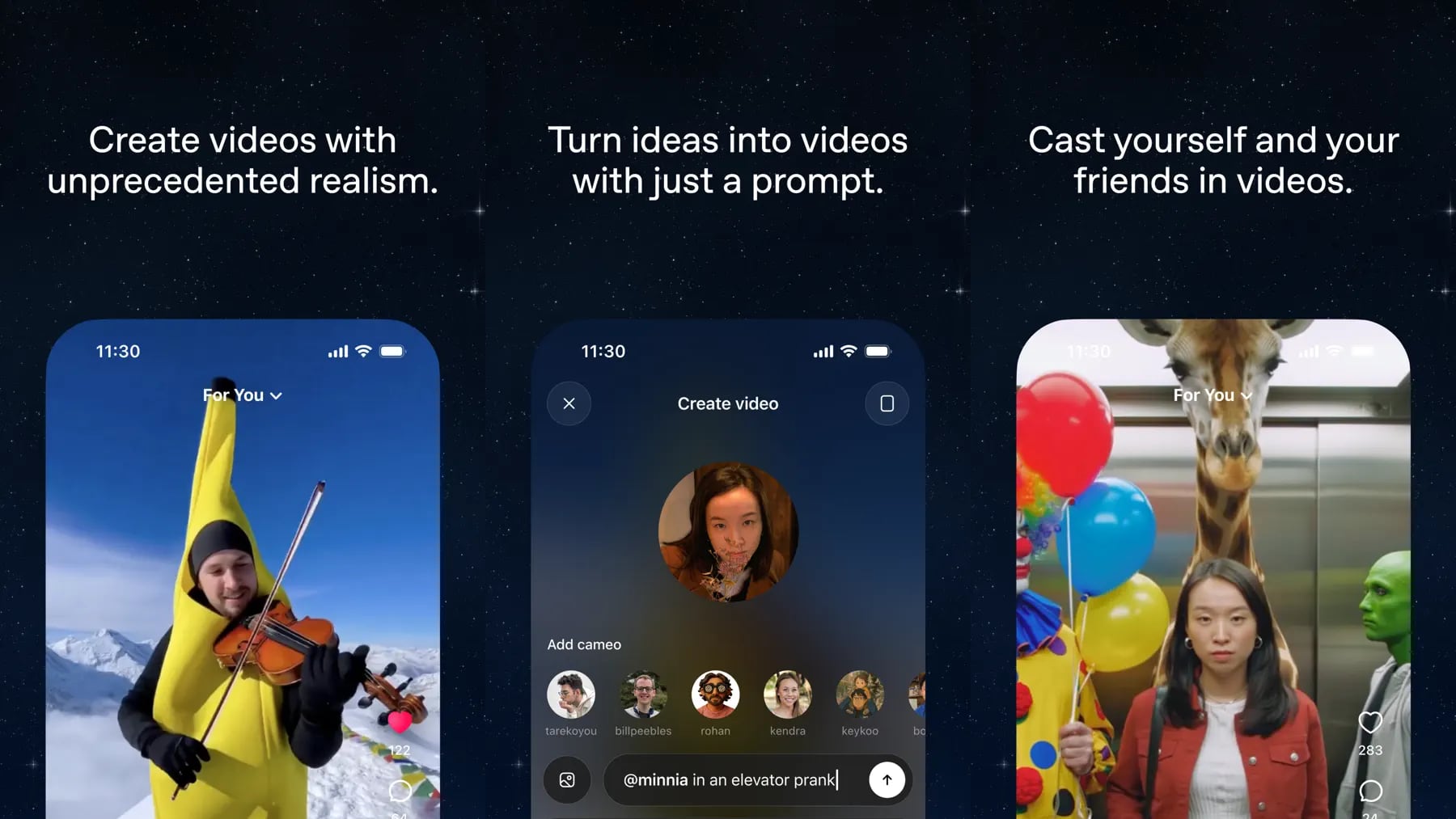
Introducing character cameos, now available in the Sora app. pic.twitter.com/k1R4FdCRPV
— OpenAI (@OpenAI) October 29, 2025

Your live WhatsApp messages and backups are both protected by end-to-end encryption, but so far you’ve only had the option of using a passkey to access your messages. Accessing backups required a password instead.
That’s all changing now as the company is in the process of rolling out passkey support for backups …
more…
Security-conscious readers probably already use the data breach alert site Have I Been Pwned, but a new Proton website is aiming to alert you at an earlier stage with what the company says will be near real-time reporting.
The company behind ProtonMail says it has launched the Data Breach Observatory because it can sometimes take too long to find out when your personal data has been made available for sale on the dark web …
more…

Apple and/or its customers were facing billions of dollars a year in additional costs after increases to US tariffs on Chinese imports imposed by the Trump administration earlier this year. The company had initially absorbed these costs, but it was unclear how long that might last, with future price rises seeming likely.
There’s some good news today, however, with Trump halving the additional tariffs imposed after meeting with China’s President Xi. Additional tariff increases that were scheduled to come into effect shortly have also been suspended …
more…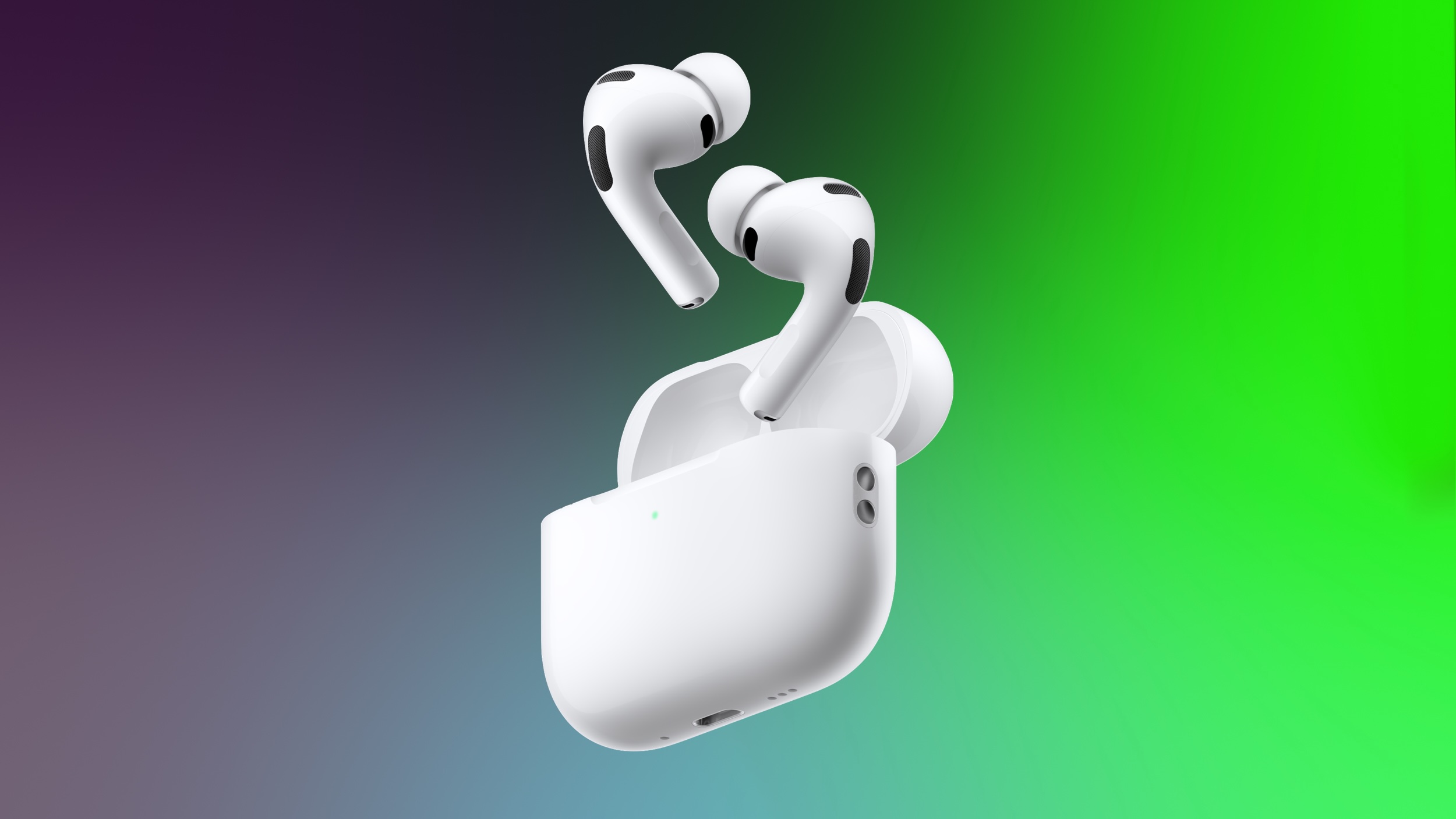
It's very strange, I would think it's defective, but it's on both ears?? You can switch ANC from on to off, clearly ANC is quieting down the lower frequencies, but the higher frequencies seem to actually get LOUDER in a quiet room when turning ANC on. It just sounds like I have a small fan on in the room all the time (I do not).
Very pronounced in mine but only in Transparency/Adaptive mode. And only, or at least way more pronounced, in the right one. Had absolutely zero static noise with APP2. Will be returning since I also don't quite like the new sound profile and they are less comfortable for me.
OMG after one week of ownership I had to exchange my AirPods Pro 3. During a flight from NYC to Chicago I had a whistling/wind noise on my right Airpod the whole time. I reset, repaired, cleaned them and same thing. Hopefully this is not a widespread issue.
I have the same problem. It's not possible to hear music at a low level around 30 db because the static is too much. It's my first pair of AirPods so I can't compare but only switching the microphones off makes the headphones silent

Apple is rolling out a round of enhancements that will make it easier for developers to submit, manage, and market their apps on the App Store. Here’s what’s new.
more…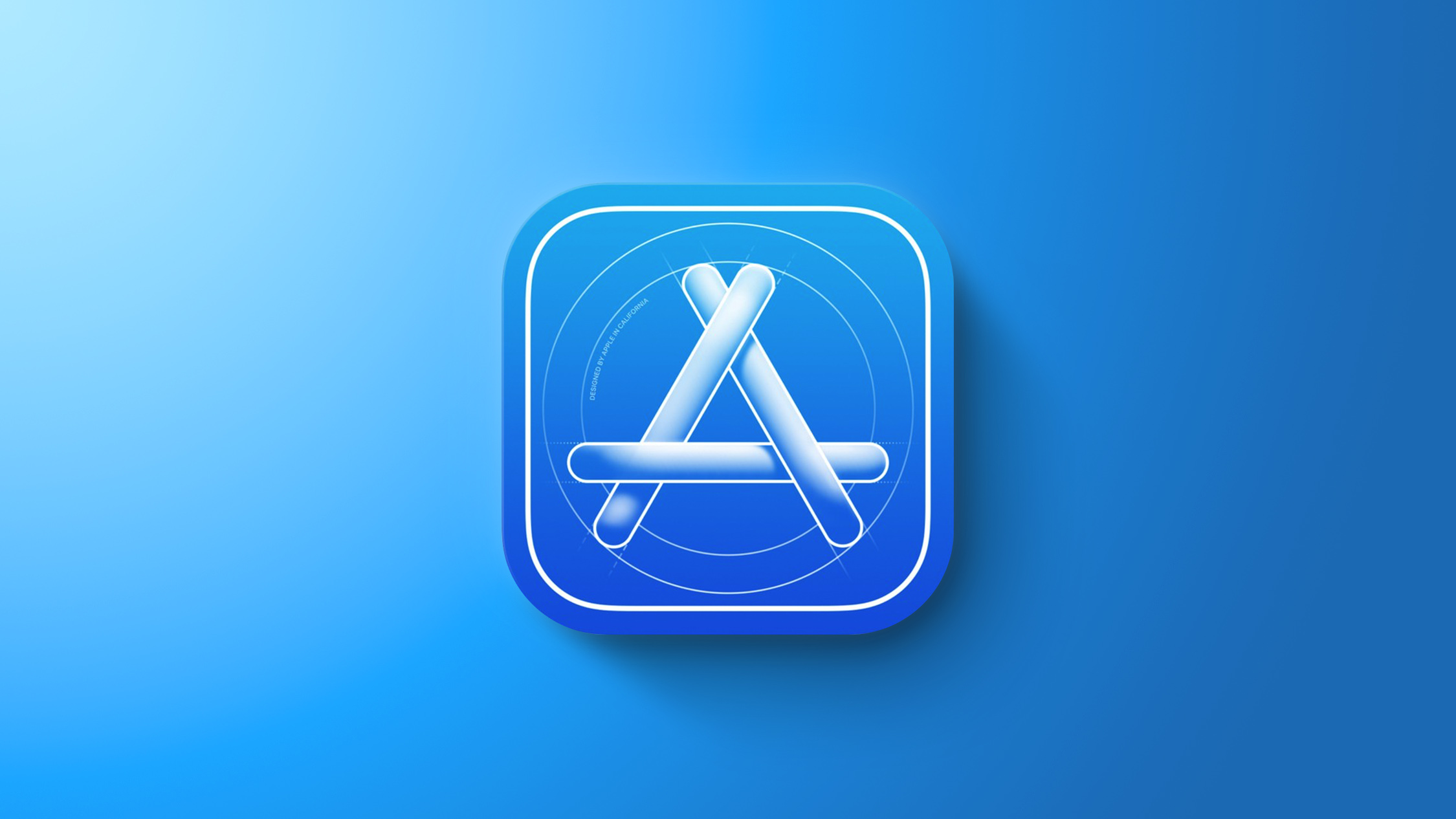
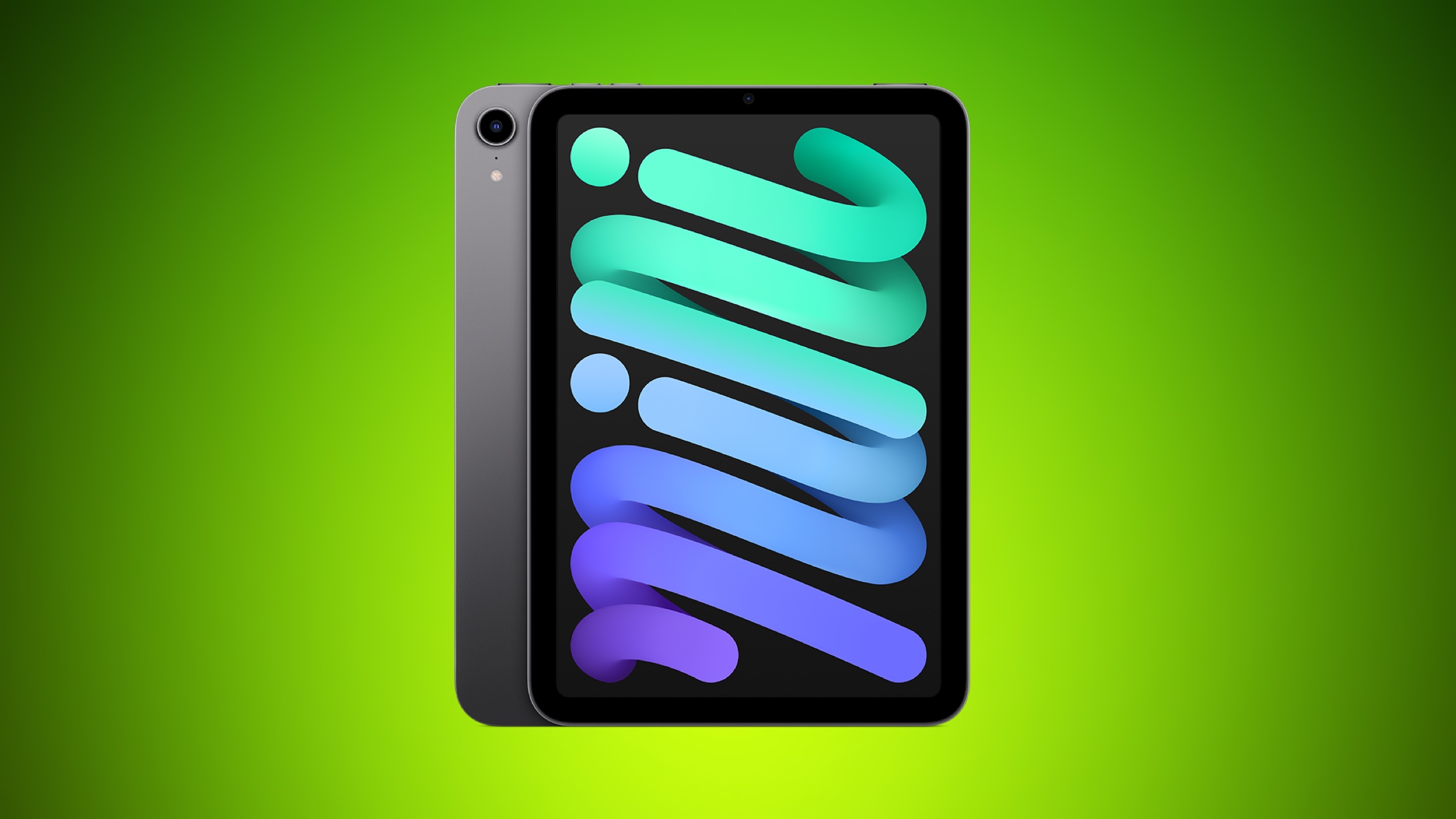

Instagram is rolling out a new test that lets select users fine-tune what they’d like to see in their Reels and Explore feeds. Here’s what it looks like.
more…
In an new investor note, Bank of America maintained its “Buy” rating on Apple and raised its price target, citing strong iPhone 17 sales and long-term AI potential. Here are the details.
more…